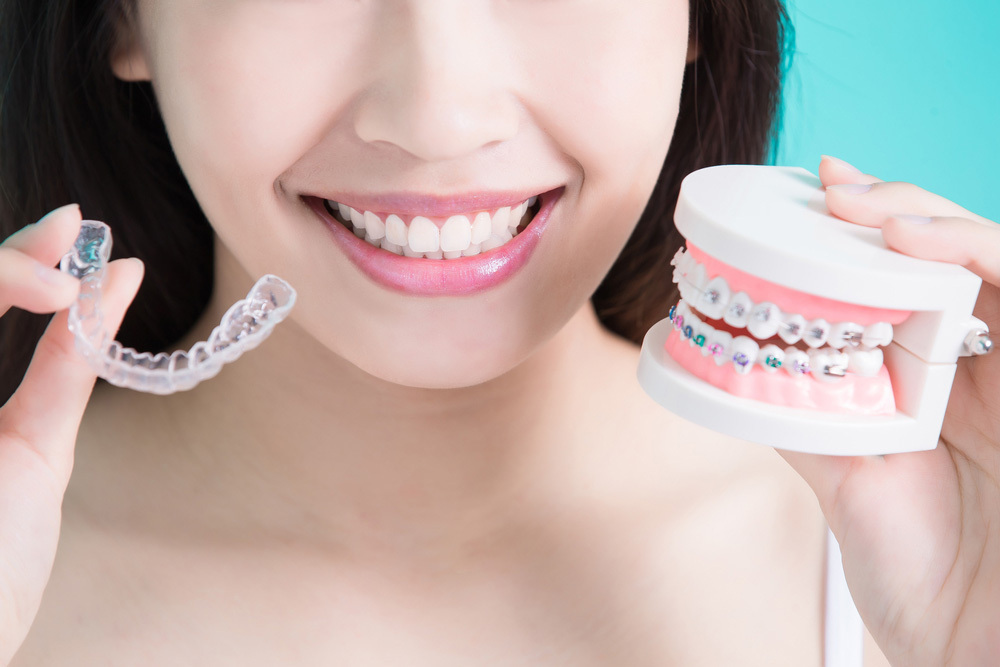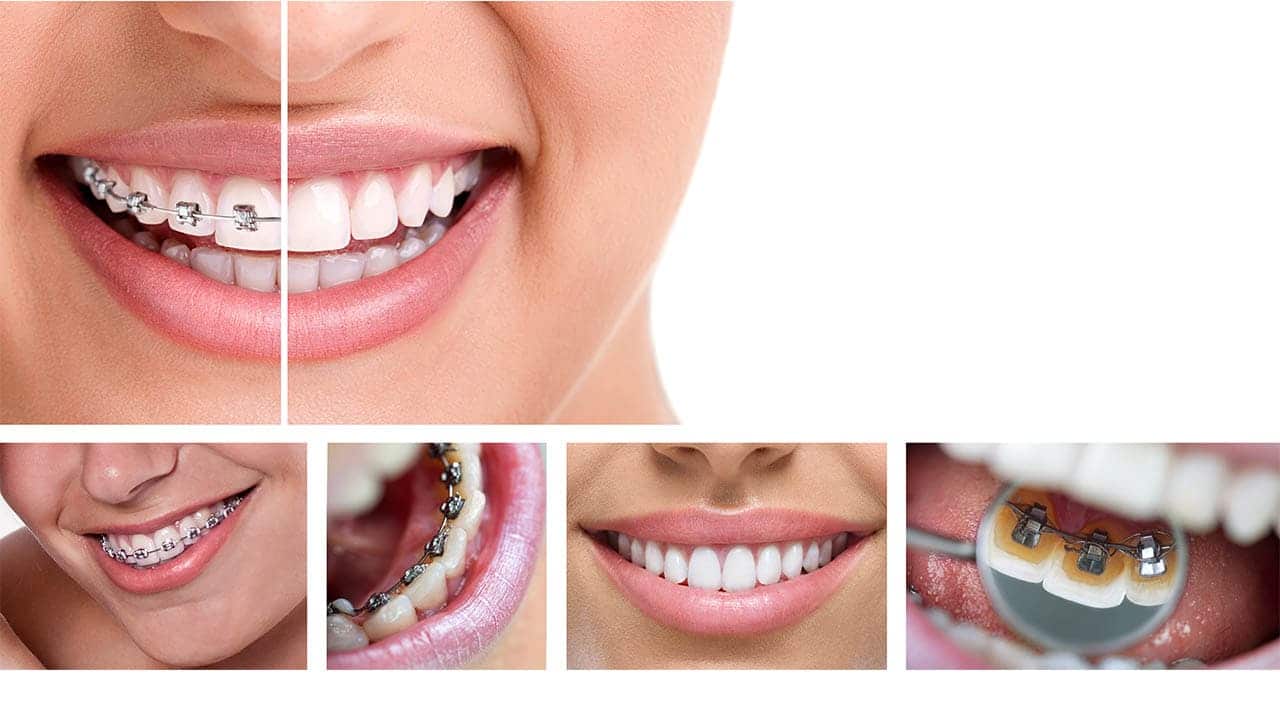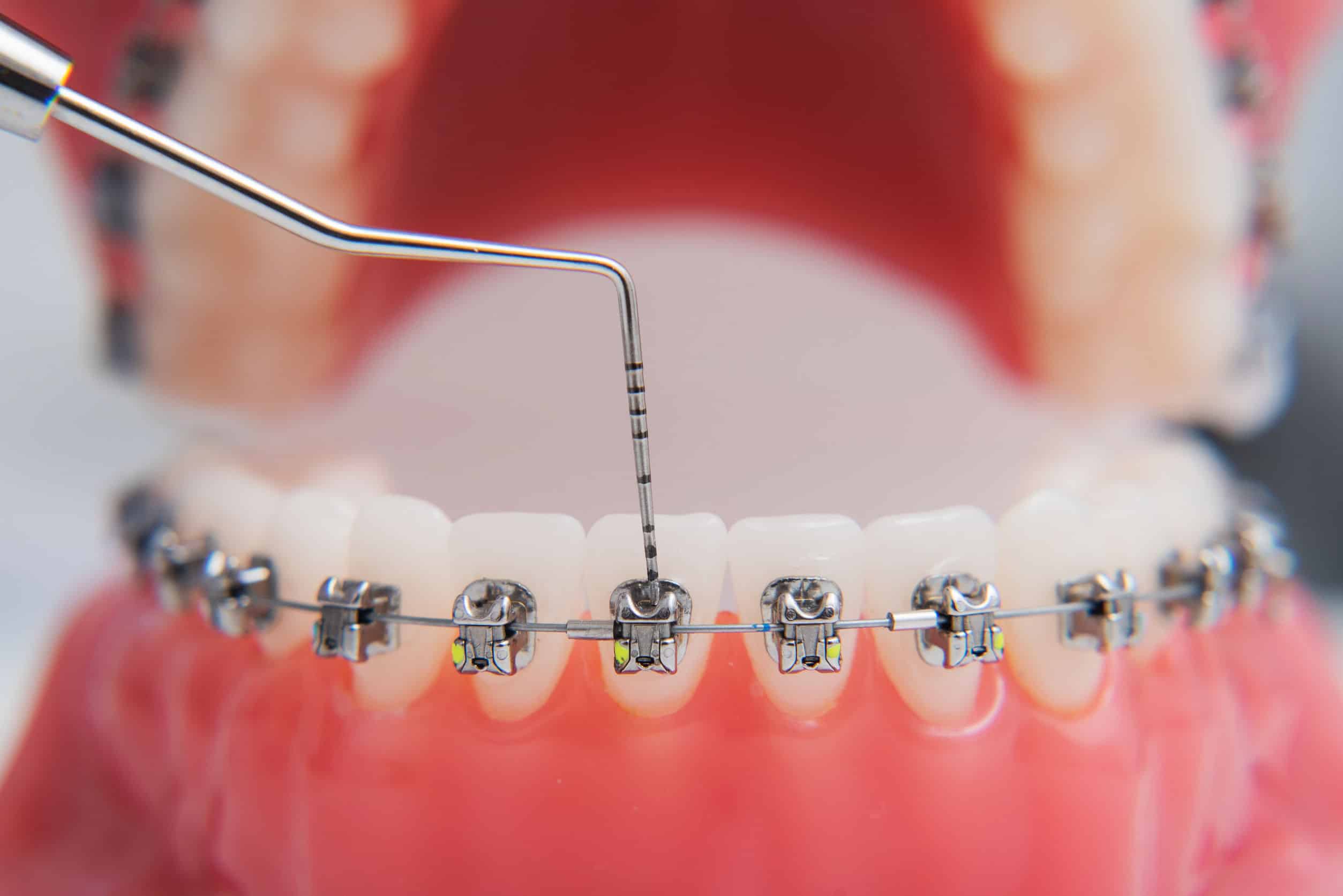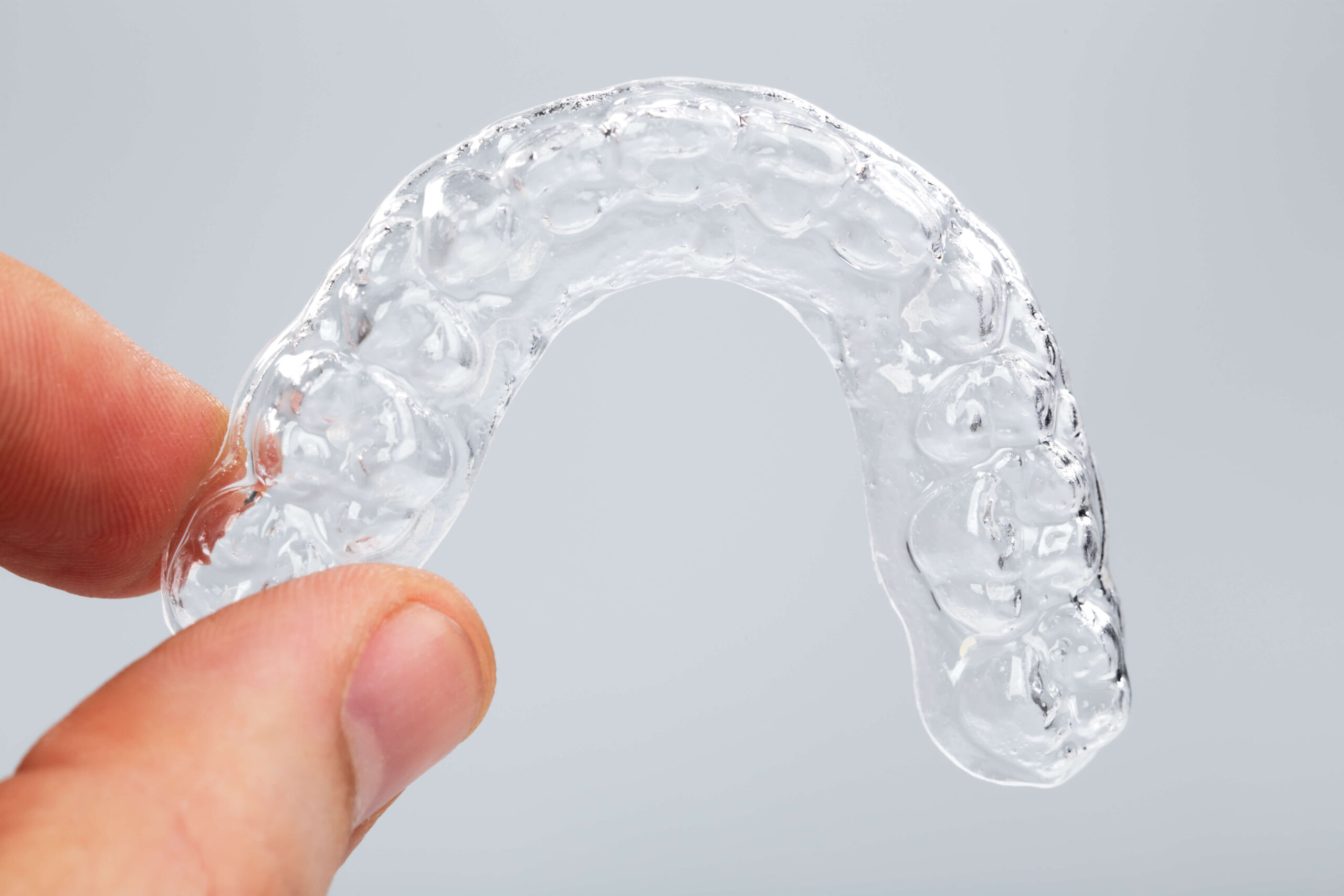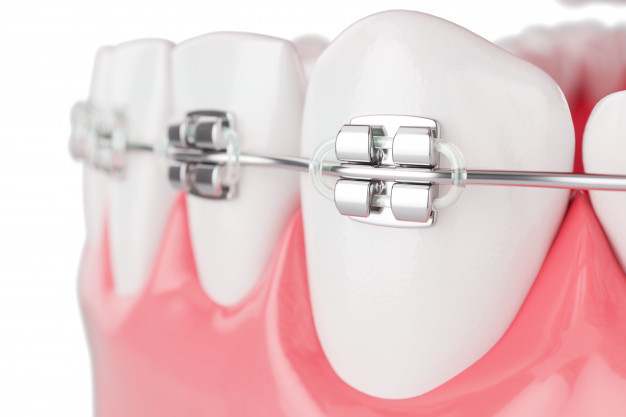How much do braces cost for kids and adults?
A healthy dental system ensures a healthy life full of happiness. Besides functional perfection, an aesthetically pleasing dental system gives you the confidence to smile freely. Unfortunately, not everyone is…
